Pacific AIDS Education & Training Center
Available courses
The largest outbreak of Mpox (previously called Monkeypox) globally and in the United States has been ongoing since May 2022. People living with HIV have been disproportionately impacted by Mpox. This course will review the history, trends of the current outbreak, virology, clinical manifestations, testing, prevention, and management of Mpox.
By the end of this training, participants will be able to:
- Identify risk factors, transmission routes, and clinical manifestations of Mpox.
- Counsel patients on strategies to reduce their risk of Mpox infection.
- Describe the currently available testing methods, preventive methods, and treatment of Mpox.
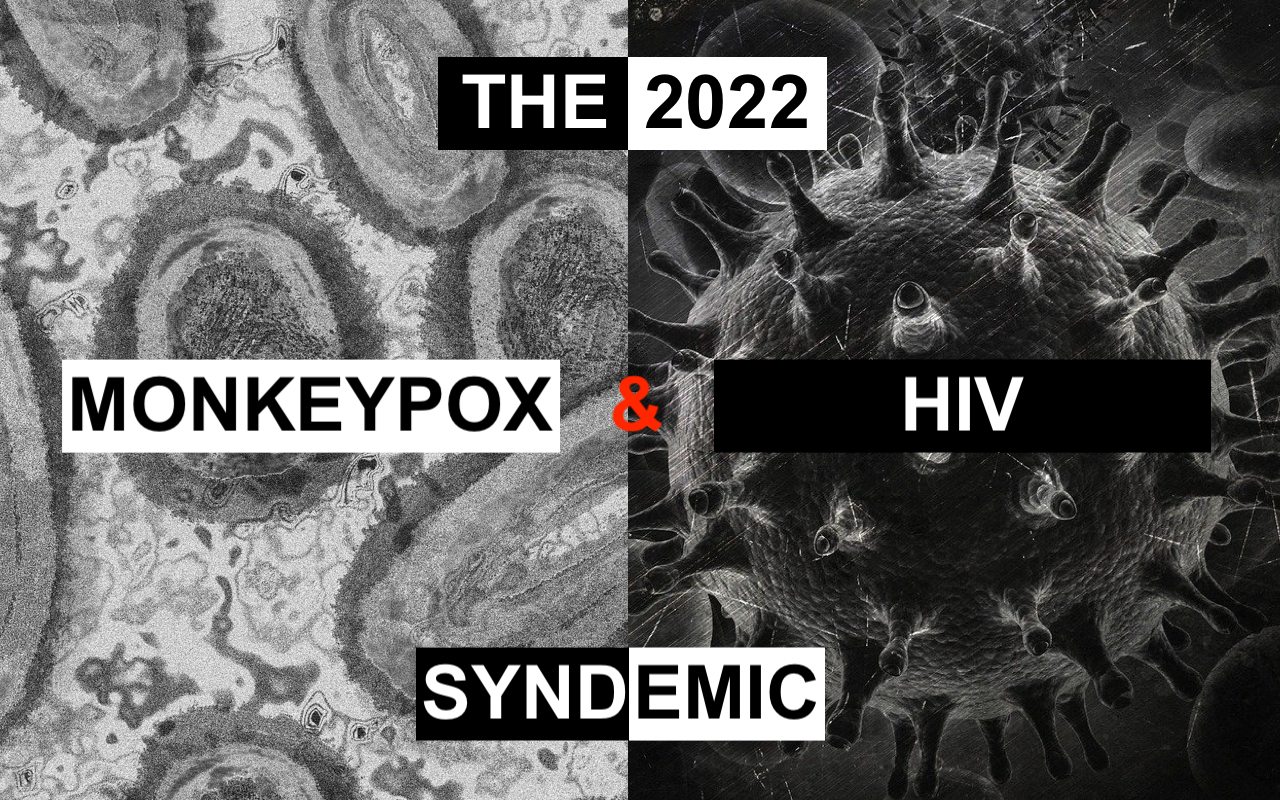
Be the end of this training participants will be able to:
- Describe real-world challenges and solutions for people aging with HIV.
- Explain how psycho-social barriers affect people aging with HIV.
- Strategize realignment of existing services for older adults living with HIV.
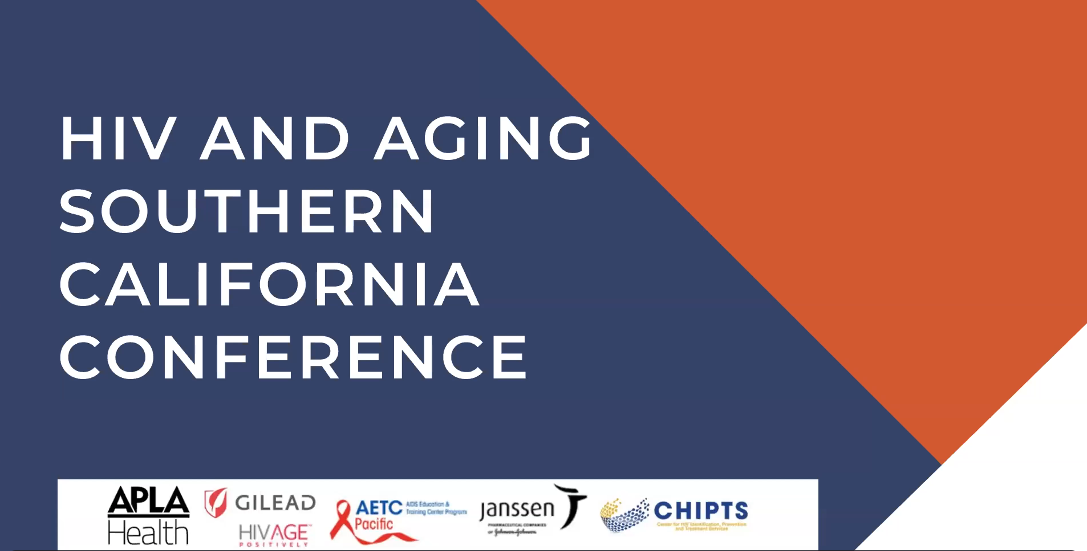
Tuberculosis and HIV is a disease of poverty that need to garner more attention from the global community. This presentation aims to be a primer for TB/HIV co-infection for those learning the basic concepts of both. Through this presentation, the learner will be able to explore the link between HIV, Tuberculosis and Poverty and gain familiarity with diagnosing active tuberculosis, first-line therapy for drug-susceptible tuberculosis and management for diagnosis and treating latent tuberculosis infection. Implications to the link to poverty will be further explored with an introduction to the existence of Drug-Resistant Tuberculosis and the global movement to end the TB Epidemic.
Be the end of this training participants will be able to:
- Visualize the global burden of Tuberculosis and Tuberculosis/HIV Co-infection.
- Understand the diagnosis and treatment for uncomplicated, first-line drug susceptible tuberculosis in the setting of HIV.
- Become aware of the diagnosis and treatment options for Latent Tuberculosis in the setting of HIV.
- Explore the link between Poverty, HIV and Tuberculosis.

For many years oral antiretroviral medications have been the only medications available for persons living with HIV. However, long-acting injectable antiretroviral medications are now available as an alternative for people who meet specific criteria. This lecture will review long-acting injectable ART.
By the end of this training, participants should be able to:
- Review available drug regimen options and recommendations for the initiation of HIV antiretroviral treatment (ART).
- Describe the treatment guidelines and recommendations for prescribing cabotegravir/rilpivirine as injectable (ART).
- Compare and contrast the benefits and potential pitfalls of prescribing injectable ART.

This will be a case-based lecture where we discuss multiple barriers to care for HIV patients. We will then discuss possible modalities to address these barriers to care. We will discuss some studies that have shown that these interventions work in reducing HIV burden and decreasing viral loads.
- Describe the importance of retention of care.
- Explain performance measures for retention.
- State 2 common reasons for decreased retention rates.
- Identify 2 common strategies to increase retention rates.

By the end of this training, participants will be able to:
- Describe the four (4) components of the spirit of Motivational Interviewing (MI), and why each is important to the effective application of MI.
- Explain the rationale for using MI skills in HIV treatment settings.
- Define at least three (3) key principles of MI that that can be utilized in conversations with clients.
- Describe the importance of active listening before problem-solving solutions for the client.
- Describe and demonstrate the effective delivery of at least three (3) MI micro-skills that can be used to help increase readiness for change.

By the end of this training, participants will be able to:
- Identify general and tailored benefits, policies, and programs that support older adults with HIV in California.
- Explain how Medicare and Medi-Cal programs can benefit older adults with HIV in California in 2022.
- Describe how to connect older clients with HIV in California to the benefits that will help meet their unique needs.
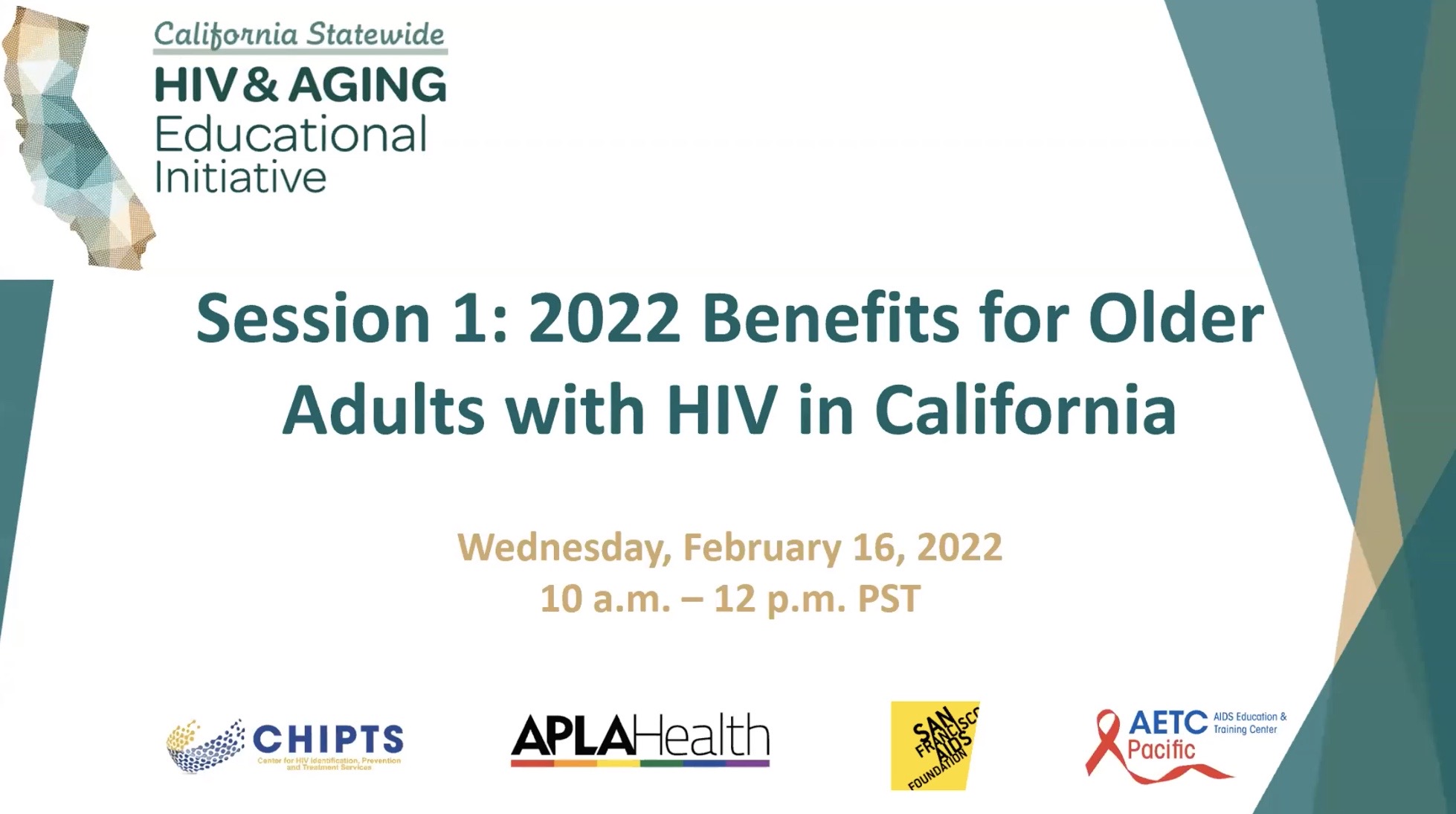
By the end of this training, participants will be able to:
- Describe the current housing landscape and barriers faced by older adults with HIV in California.
- Identify at least one of the general and tailored federal and state housing and rental assistance programs that support older adults with HIV.
- Explain how to connect older clients with HIV in California to the housing programs and services that will help meet their unique needs.
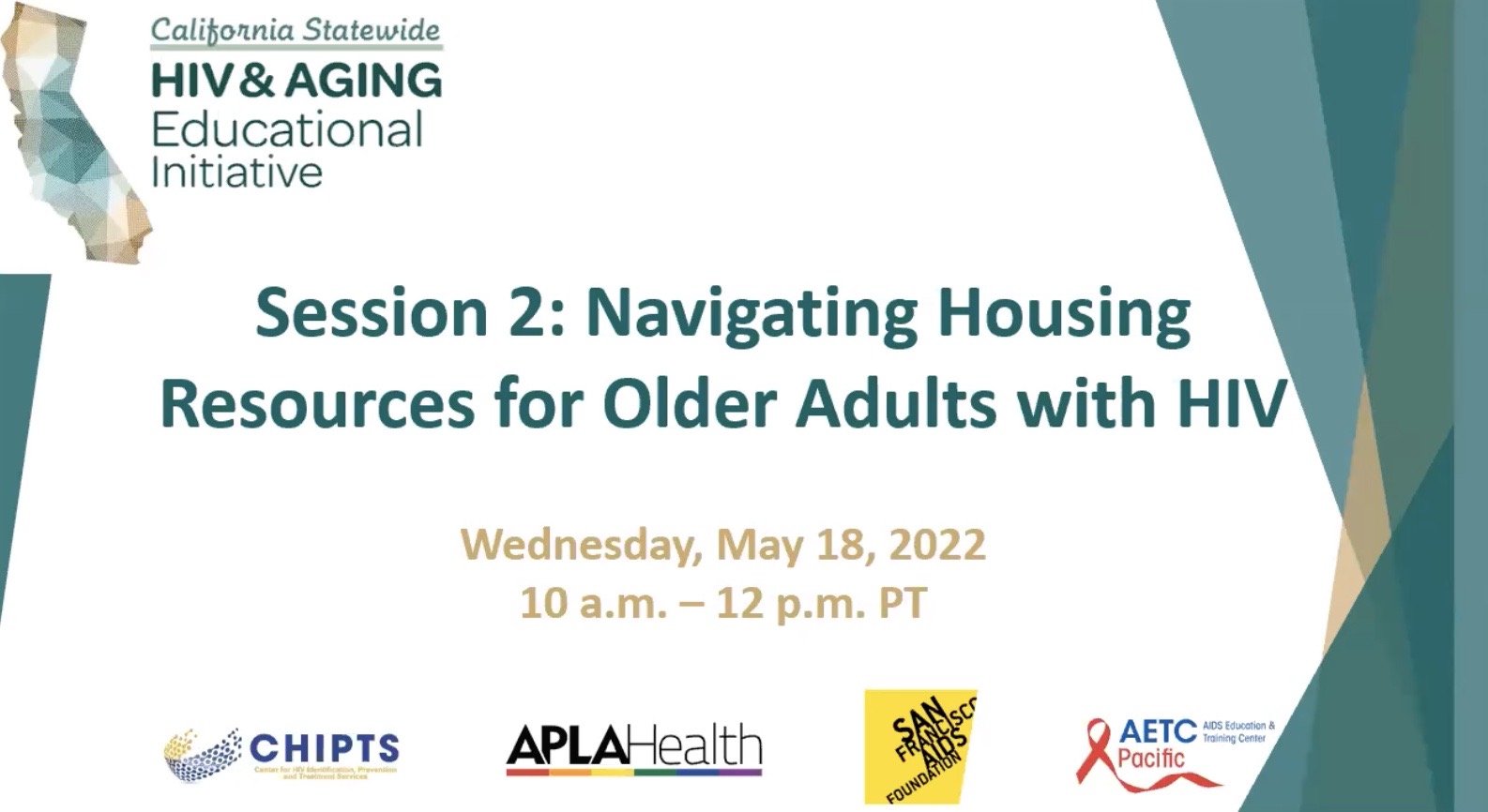
By the end of this training, participants will be able to:
- Describe the state of oral health among older adults with HIV in California.
- Identify primary signs of oral disease among older adults with HIV in California.
- Explain how to connect older clients with HIV in California to the dental programs and services that will help meet their oral health needs.

By the end of this training, participants will be able to:
- Describe at least two mental health concerns commonly experienced by older adults with HIV in California.
- Explain at least one effective strategy to help address mental health concerns among older adults with HIV in California.
- Identify at least one resource available to help support older adults with HIV in California to access mental health services.
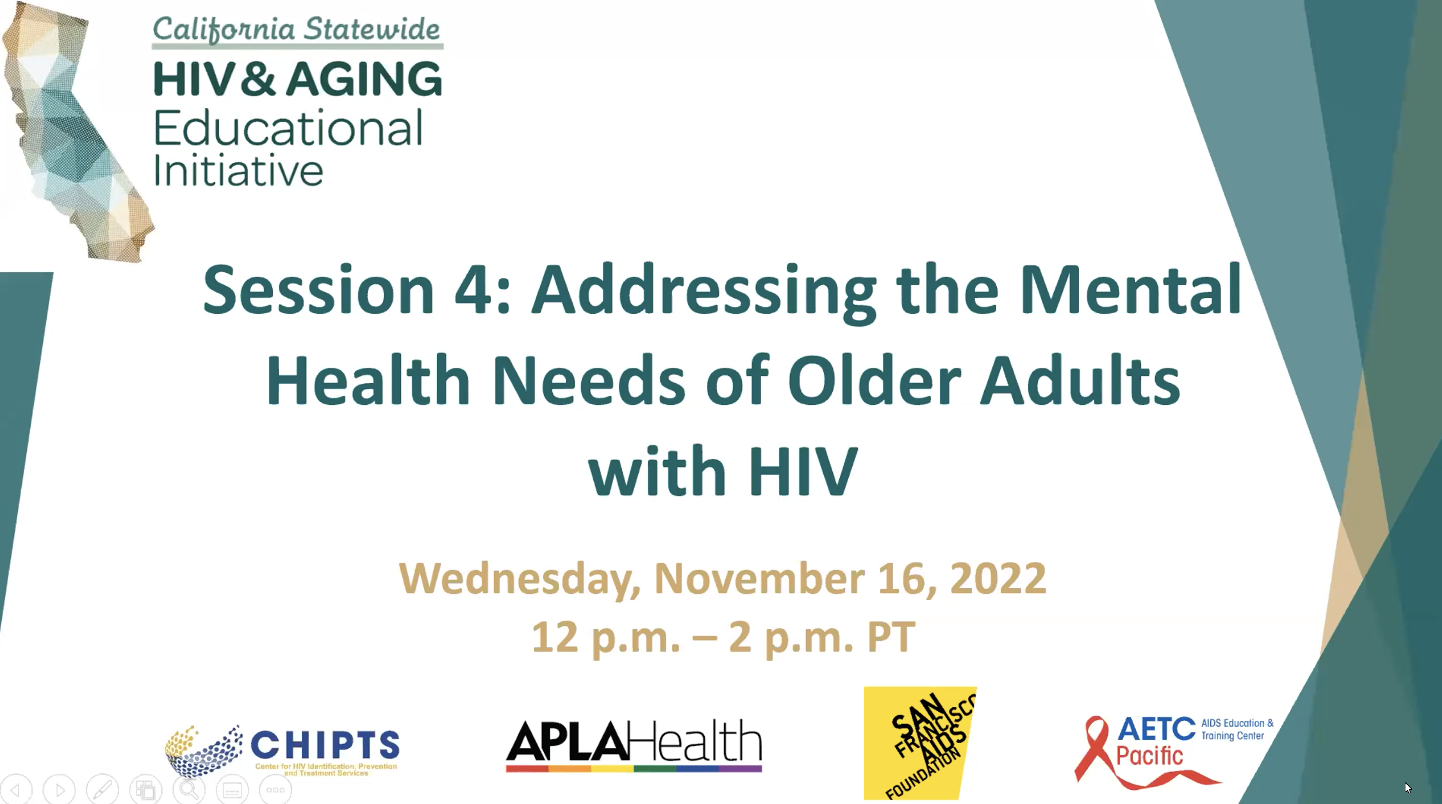
By the end of this training, participants will be able to:
- Describe current epidemiological trends in HIV and aging.
- Discuss the lived experiences of older adults with HIV in CA.
- Identify service provider strategies to help ensure older adults with HIV in CA have the support they need to thrive.
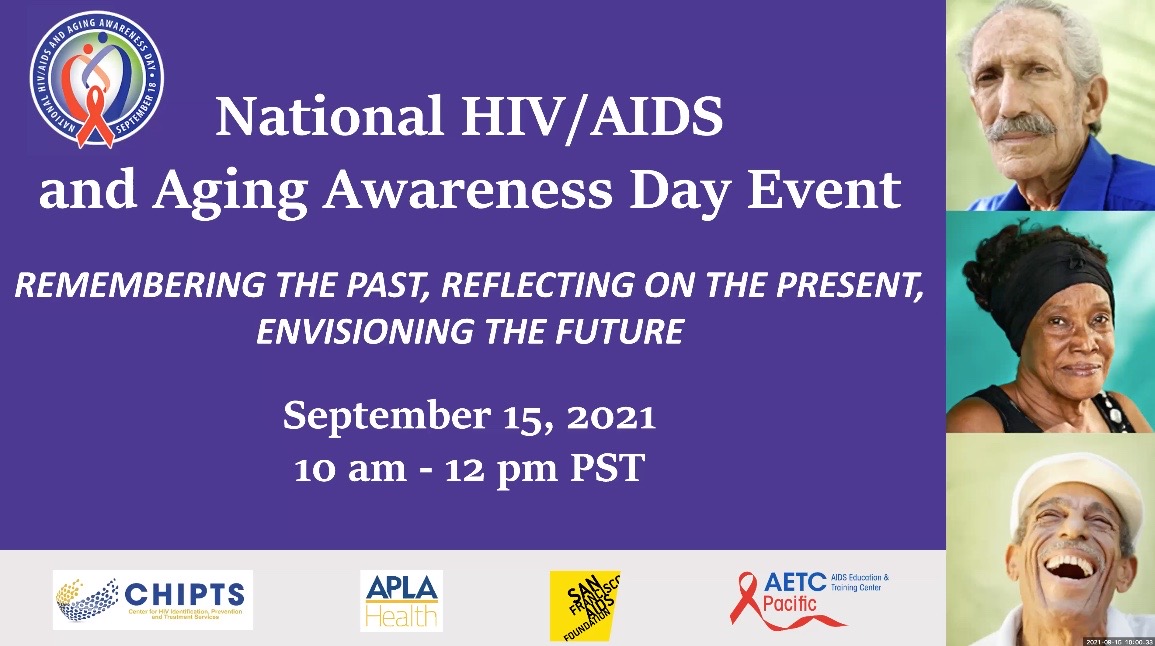
By the end of this training, you'll be able to:
- Review the neurobiology, medical consequences, and epidemiology of cocaine and methamphetamine use and discuss at least two (2) ways that cocaine or methamphetamine use can lead to increased HIV risk.
- Explain the key concepts of at least three (3) effective behavioral interventions and risk reduction strategies for cocaine and methamphetamine use disorders.
- Discuss the nature of the opioid epidemic, specifically where the drugs are coming from, who is using them, and the impact on the healthcare system.
- Describe the history of opioid treatment and the FDA-approved medications for the treatment of opioid use disorder, including naltrexone, buprenorphine, and methadone.

By the end of this training, you'll be able to:
- Review the neurobiology, medical consequences, and epidemiology of heroin use.
- Explain why and how heroin use increases a user’s risk of being exposed to HIV.
- Discuss the key concepts of at least three effective behavioral interventions and three medical interventions for heroin addiction.

By the end of this training, you'll be able to:
- Explain Why To Test For HIV.
- Know About Initiating Treatment.
- Appreciate Basic Clinical Maintenance.
- Have Knowledge Of Hepatitis C Key Points.
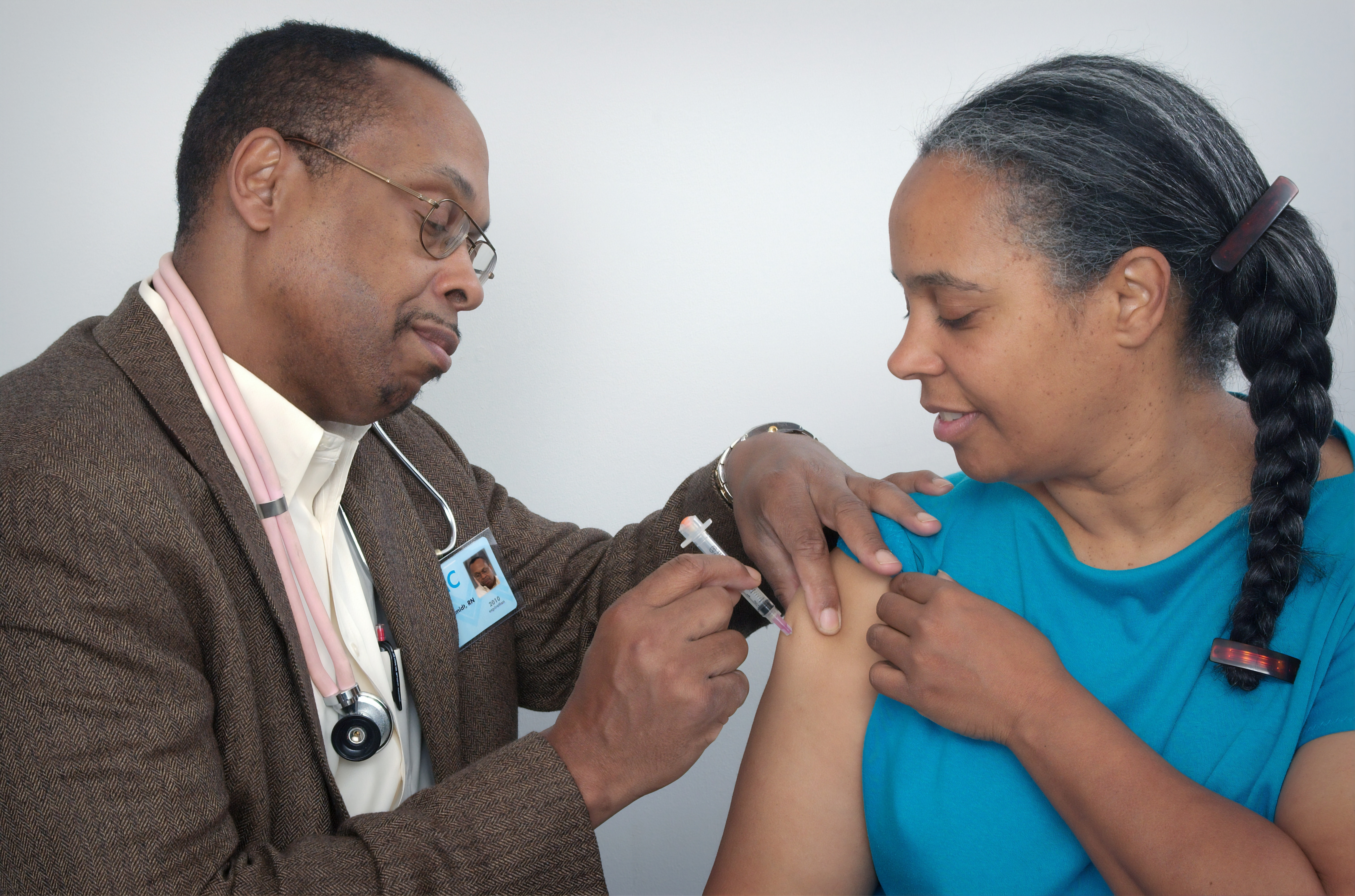
By the end of this training, you'll be able to:
- Understand HIV Epidemiology Nationally & Locally.
- Identify unique clinical and psychosocial needs of older adults living with HIV.
- Discuss the most prevalent comorbid conditions faced by older adults living with HIV.

By the end of this training, you'll be able to:
- Compare the relative merits of different FDA-approved HIV tests for different circumstances.
- Describe how new HIV and HCV tests fit in the current testing recommendations.
- Recognize the increasing role that RNA tests play in HIV and HCV diagnosis.

By the end of this training, you'll be able to:
- Describe antiretroviral classes and mechanisms of action
- Discuss ARV drug toxicity, side effects, and drug interactions
- Understand which ARV regimens are preferred for use in newly-diagnosed individuals

By the end of this training, you'll be able to:
- Articulate the core principles of housing first.
- Differentiate between a housing first and traditional approach to homelessness.
- Identify opportunities to promote person-centered care for persons experiencing homelessness.

By the end of this training, you'll be able to:
- Identify at least two factors of intersectionality that maintain inequality of access to services and treatment of HIV/AIDS.
- Describe the use of at least two strategies to facilitate retention in treatment for people living with HIV/AIDS.
- Discuss one possible action for each of the three stigma reduction strategy categories.

By the end of this training, you'll be able to:
- Discuss recent updates and trends in PrEP research.
- Understand the current epidemiological trends of HIV/AIDS among Black MSM.
- Discuss the results and implications of the recently released HPTN 073, Black MSM PrEP study.
- Understand the need for theory-based culturally tailored PrEP programs for Black MSM.
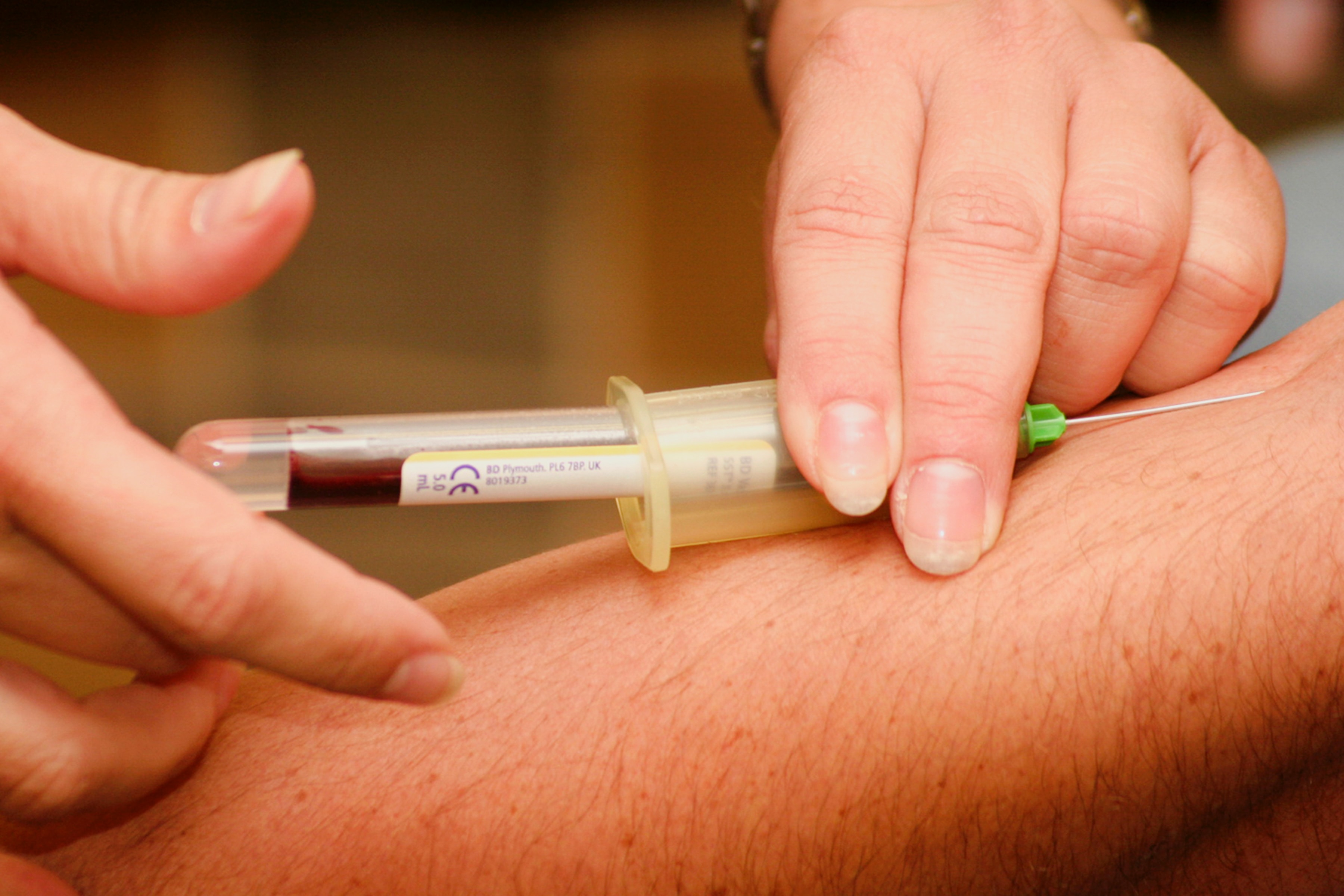
By the end of this training, you'll be able to:
- Discuss how to make a HIV clinic a safer space
- Ensure clients remain in HIV care
- Reduce anxieties of impacted client populations
- Utilize fact sheets and other referral resources to empower clients to know their rights, and stay in care

By the end of this training, you'll be able to:
- Describe the effect of substance use disorder on brain functioning
- Identify at least two neurotoxic effects of HIV on the brain.

By the end of this training, you'll be able to:
- Describe antiretroviral classes and mechanisms of action
- Discuss ARV drug toxicity, side effects, and drug interactions
- Understand which ARV regimens are preferred for use in newly-diagnosed individuals

By the end of this training, you'll be able to:
- Be familiar with the STDs and how they intersect with HIV
- Understand rising STD rates and potential contributors
- Be able to name three strategies the public health department is using to address rising STDs

By the end of this training, you'll be able to:
- Describe the background and rationale for conducting SBIRT in HIV care and other health settings.
- Explain how to utilize screening procedures to identify patients engaged in at-risk substance use behaviors.
- Demonstrate a three-step motivational interviewing-based brief intervention strategy to motivate patients to change their at-risk behavior and/or seek treatment.
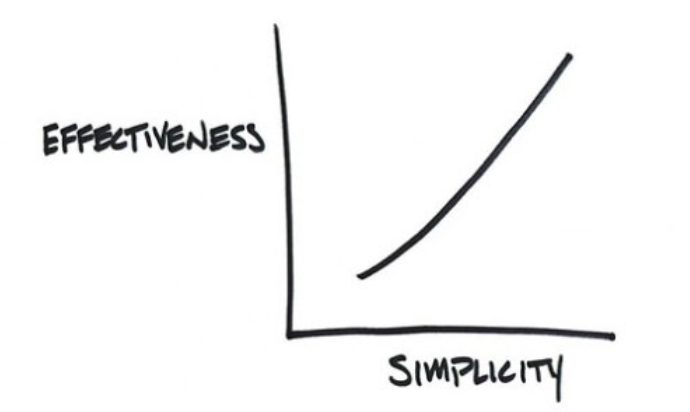
By the end of this training, you'll be able to:
- Define several key terms related to substance use and HIV risk among older adults & review the epidemiology of substance use and HIV/AIDS in older adults
- Discuss the intersection of substance use and HIV/AIDS among older adults
- Explain the key concepts of at least three effective behavioral interventions for treating substance using older adults

By the end of this training, you'll be able to:
- Diagnose syphilis at various stages.
- Recognize the symptoms of syphilis infection at various stages.
- Manage syphilis and its complications.

By the end of this training, you'll be able to:
- Define the challenges of co-morbidities and how screening with the SAMISS can help identify HIV positive patients with co-existing mental health and/or substance abuse problems.
- Employ the SAMISS in demonstrations, role plays and exercises.
- Interpret SAMISS results and provide patients with tangible referrals to follow-up care and services.

By the end of this training, you'll be able to:
- Review the current epidemiological trends of HIV and PrEP use
- Discuss recent changes in recommended treatment options and strategies
- Discuss the characteristics of newly approved ART regimens.
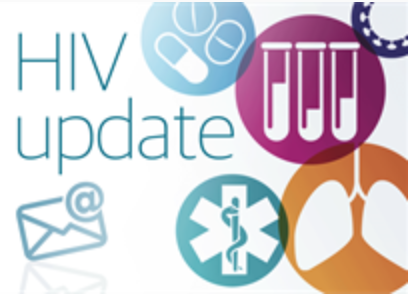
By the end of this training, you'll be able to:
- Learn epidemiology and risk factors of HIV in cis women
- Understand barriers to care
- Review considerations regarding antiretroviral therapy
- Learn about cancer screening
- Provide a brief overview of HIV in setting of pregnancy and contraception

By the end of this training, you'll be able to:
- To build provider capacity to provide culturally responsive services for gender non-binary people.
- To increase provider knowledge of the unique healthcare needs of gender non-binary people.
- To identify best practices to engage gender non-binary people in care.





